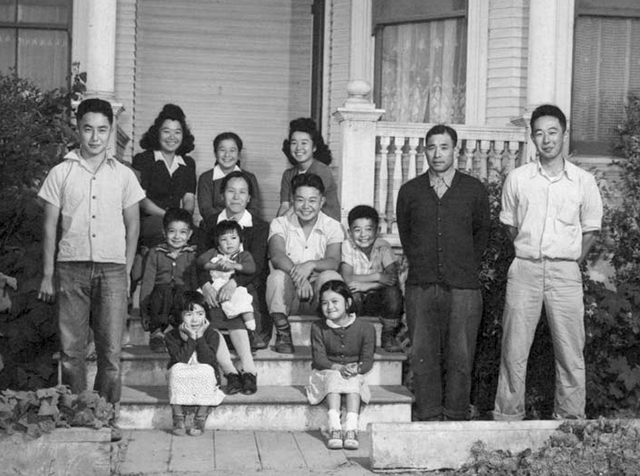The Redman Hirahara Farmstead. (Micah Diele)
‘A grand woman fallen on difficult times’: the Redman Hirahara Farmstead
For years, a deteriorating Queen Anne Victorian along Highway 1 in Watsonville has been a source of curiosity among passing motorists. It’s known as the Redman Hirahara Farmstead, a national landmark, and the region’s ethnic and agricultural history is embedded in its crumbling walls.
Built for a wealthy farmer in 1897, the home eventually passed into the hands of the Hiraharas, a working class family who became among the first Japanese-American households to own farmland in the U.S. When the family was sent to an internment camp in Arkansas during World War II, they managed to hang on to the house as sympathetic neighbors tended their lettuce crops and raised money for the property taxes in their absence.

Upon their return, the Hiraharas turned their barn into something of small-scale displaced persons camp for Japanese families who lost their homes. Over the generations since, a series of new owners have proposed restoration projects for the property, but none have gotten off the ground. So she stands today, precariously, like “a grand woman fallen on difficult times,” as one preservationist put it. The architectural photographer Johnny Joo visited the Redman Hirahara Farmstead in January.
Read more: Architectural Afterlife
This article is from the California Sun, a newsletter that delivers must-read stories to your inbox each morning . Sign up here.
Get your daily dose of the Golden State.